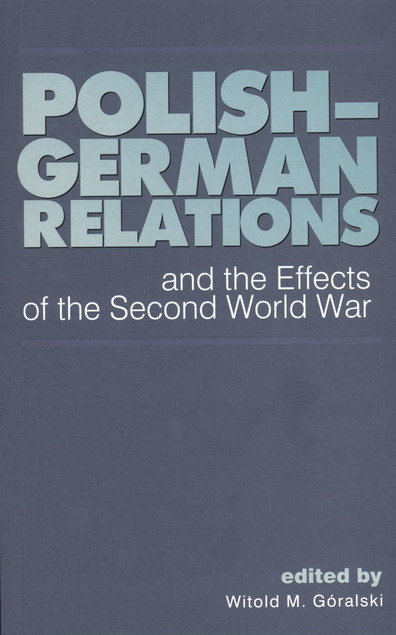Restitution and Reparations in the Area of Polish Cultural Heritage, the Legal Regulations and The Activities of the Polish Authorities
Restitution and Reparations in the Area of Polish Cultural Heritage, the Legal Regulations and The Activities of the Polish Authorities
Author(s): Wojciech KowalskiSubject(s): Politics / Political Sciences
Published by: PISM Polski Instytut Spraw Międzynarodowych
Keywords: polish-german relations; second world war; cold war
Summary/Abstract: Although the first proposals to exclude works of art from war pillage were put forward a very long time ago, the year 1815 is generally accepted as the date on which the legal obligation to restore stolen artworks was established. From this time, the prohibition against plunder and the correlative obligation of restitution had the strength of a universally accepted international custom, as is unequivocally confirmed by many authors of the basic texts on the law of nations. An analysis of the restitutions made after the Napoleonic wars, and of the preceding treaties, indicates that the following principles were then established: First, only identified objects were subject to return, that is, those that had actually been transported illegally. Second, there was no time limit for restitution from the moment of the plunder. And third, cultural goods were subject to return to the place from which they had been taken, independently of whether political or other changes had occurred there.
Journal: PISM Series
- Issue Year: 2006
- Issue No: 1
- Page Range: 69-49
- Page Count: 26
- Language: English

